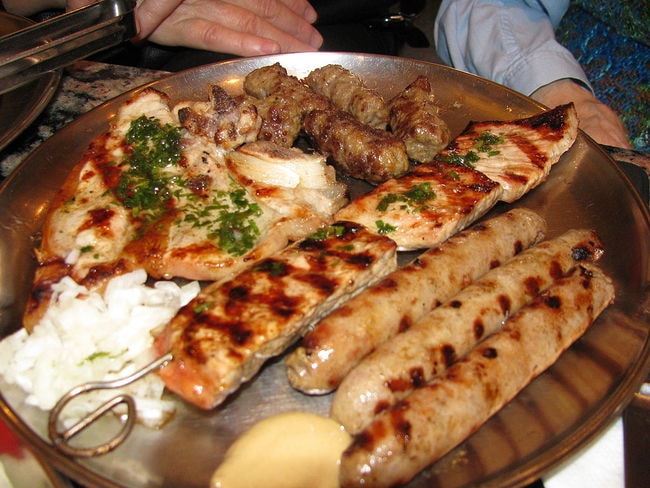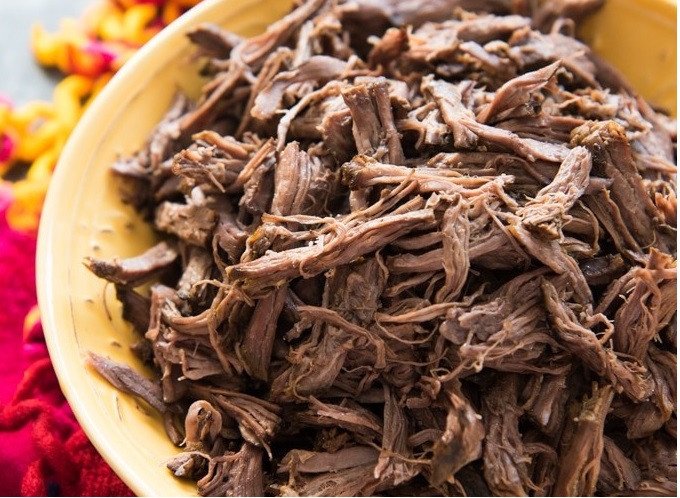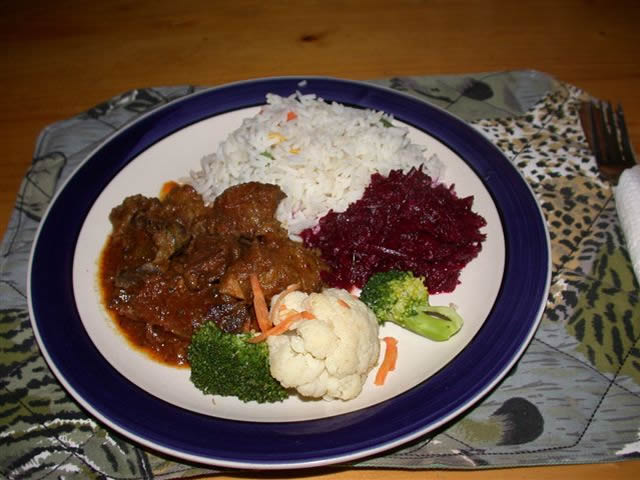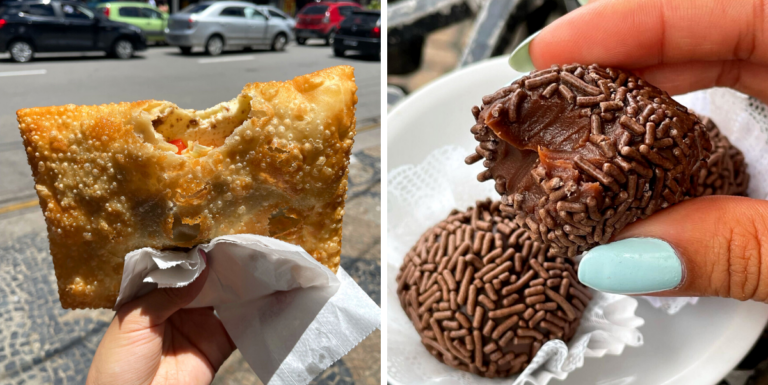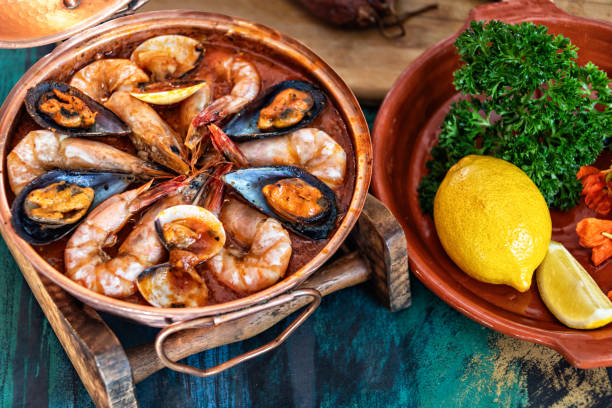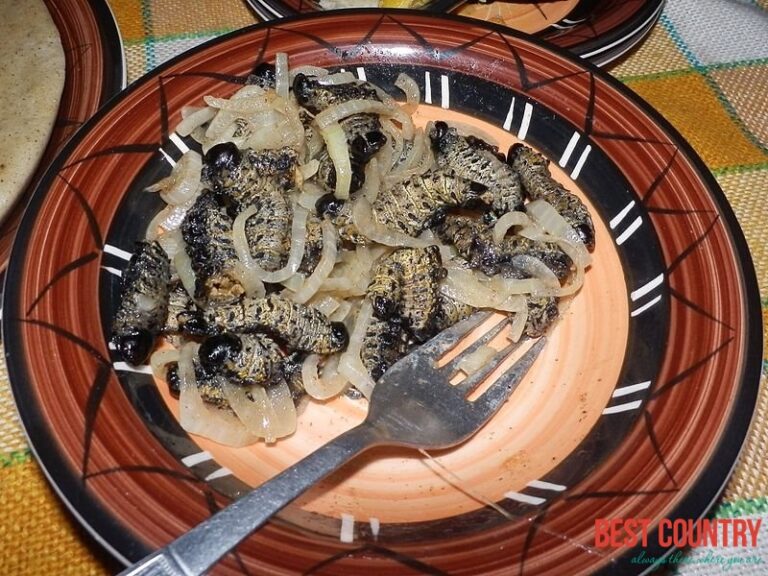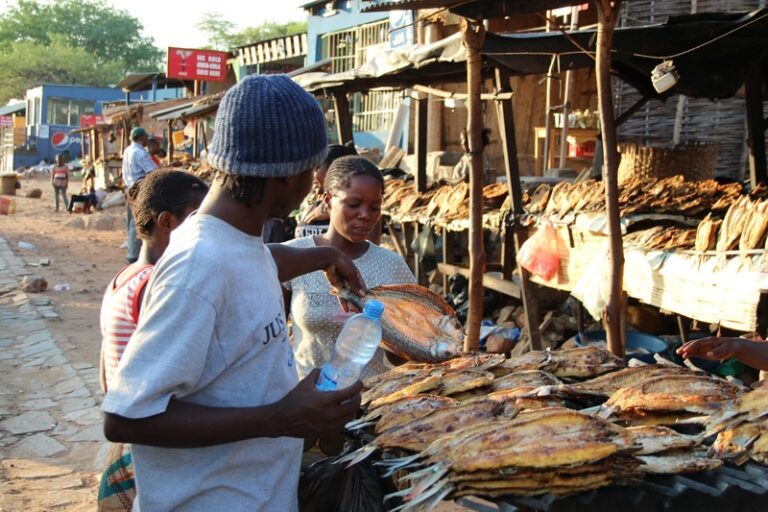Introduction: Botswana’s Meat-Centric Diet
Botswana is a landlocked country located in southern Africa. The country’s cuisine is known for its meat-centric dishes, as the country is home to a large number of cattle and other livestock. Meat dishes are an important part of Botswana’s culture, history, and tradition. Botswana cuisine is characterized by its simple yet flavorful cooking techniques that bring out the natural taste of ingredients.
Seswaa: The Classic Meat Stew
Seswaa is a traditional Botswana meat stew that is made by boiling beef or goat meat until it is tender and then shredding it by hand. Seswaa is commonly served with stiff porridge made from maize, sorghum or millet. Seswaa is typically prepared for special occasions such as weddings, funerals, and other important events. It is a popular dish because it is delicious, easy to prepare, and can feed a large group of people.
Borewors: Sausages with a Local Twist
Borewors is a type of sausage that is popular in Botswana. It is made from beef or lamb and is spiced with a blend of local herbs and spices. Borewors is typically grilled or fried and is often served with pap (maize porridge) or other traditional side dishes. Borewors is a great option for a quick and easy meal, as it is readily available in many supermarkets and butcheries across the country.
Mokgopha: Tripe in Tomato and Onion Sauce
Mokgopha is a traditional Botswana dish made from tripe (the stomach lining of a cow or sheep) that is cooked in tomato and onion sauce. Tripe is first boiled to remove any impurities before being mixed with the sauce. Mokgopha is often served with pap or other traditional side dishes. It is a popular dish because it is nutritious, affordable, and easy to prepare.
Serobe: Boiled and Fried Cow Feet
Serobe is a traditional Botswana dish that consists of boiled and fried cow feet. The feet are first boiled until they are tender and then fried until they are crispy. Serobe is often served with pap or other traditional side dishes. It is a popular dish because it is affordable, filling, and easy to prepare.
Phane: Nutritious Mopane Worms
Phane is a traditional Botswana dish made from mopane worms. Mopane worms are a type of caterpillar that feeds on the mopane tree. They are high in protein, calcium, and iron, making them a nutritious addition to any meal. Phane is typically served with pap or other traditional side dishes. It is a popular dish because it is unique, nutritious, and flavorful.
Morogo: Spinach with a Meaty Twist
Morogo is a traditional Botswana dish made from spinach that is cooked with meat. The meat used can be beef, goat, or any other type of meat. The spinach is first boiled and then mixed with the meat to create a flavorful dish that is high in nutrients. Morogo is often served with pap or other traditional side dishes. It is a popular dish because it is nutritious, flavorful, and easy to prepare.
Closing Thoughts: Botswana’s Unique Culinary Heritage
Botswana’s cuisine is unique and diverse, with a strong emphasis on meat dishes. The country’s traditional dishes are simple yet flavorful, and they reflect the country’s culture, history, and tradition. Botswana’s meat-centric diet is a result of the country’s large number of cattle and other livestock. The dishes discussed in this article are just a few examples of the many delicious and nutritious dishes that Botswana has to offer.


